It’s pretty cool, whether you’re a “bird person” or not, to catch a glimpse of a kingfisher. Maybe it’s because their outsized heads, squat bodies, stubby tails, and long, sharp bills lend them a whimsical Wind-in-the-Willows, storybook quality. Or maybe it’s that they don’t look like they should be very good at catching fish. So to see one perched on a reed or a too-small twig above a pond or creek, hopefully scanning the water below, is a subtle reminder that looks can be deceiving and are often a lesser virtue than persistence and attention. Besides all that, they are just plain beautiful, of course.
Kingfishers are distributed widely across the globe and can be found on every continent except Antarctica. In fact, I saw two belted kingfishers just this morning buzzing around a pond near my house in Colorado. Many species do, as their names’ suggest, live near water and hunt for fish, though some live away from water and eat insects and other invertebrates.
With ten resident species, Southern Africa boasts an embarrassment of kingfisher riches. If you go on a safari in southern Africa, you’ll likely see at least a few of the species below.
Giant Kingfisher
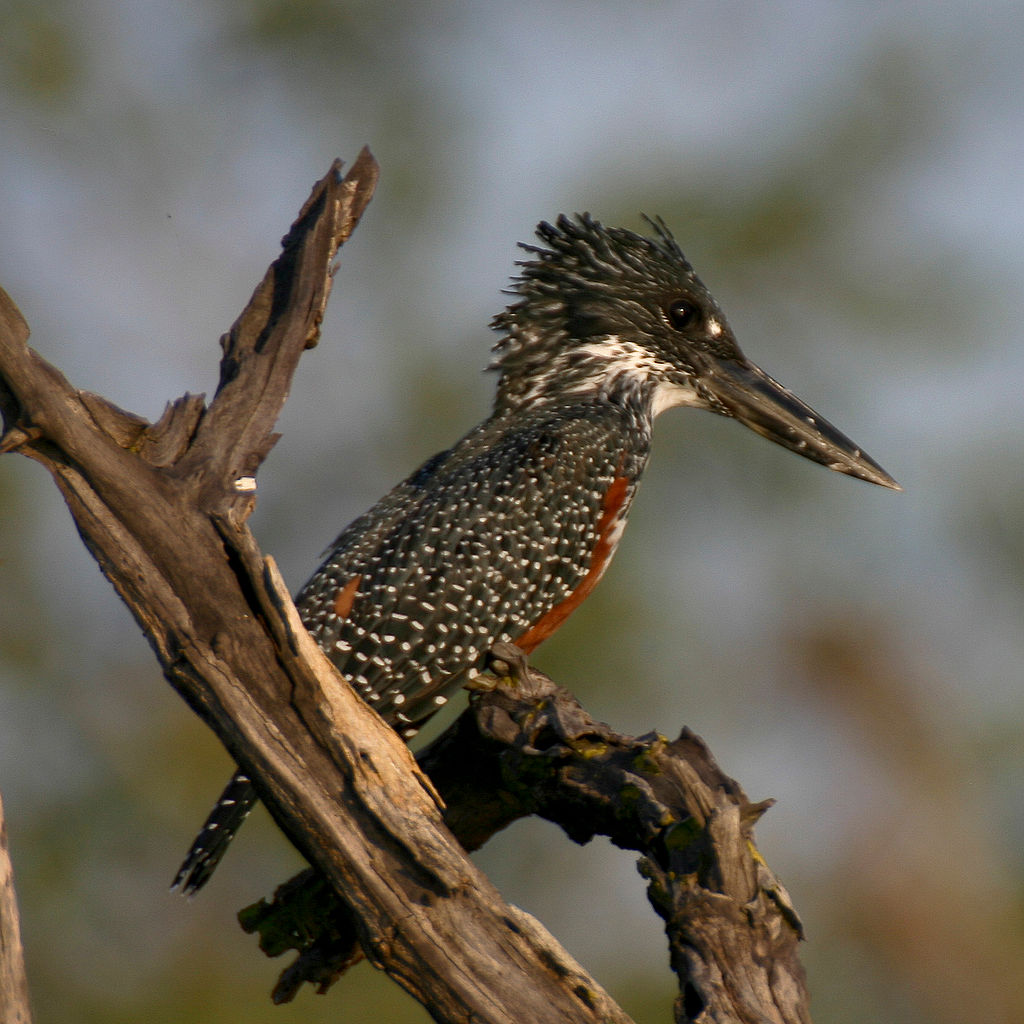
By derivative work: Snowmanradio (talk)Megaceryle_maxima_-Zimbabwe-8.jpg: Brian Gratwicke [CC BY 2.0 or CC BY 2.0], via Wikimedia Commons
Pied Kingfisher
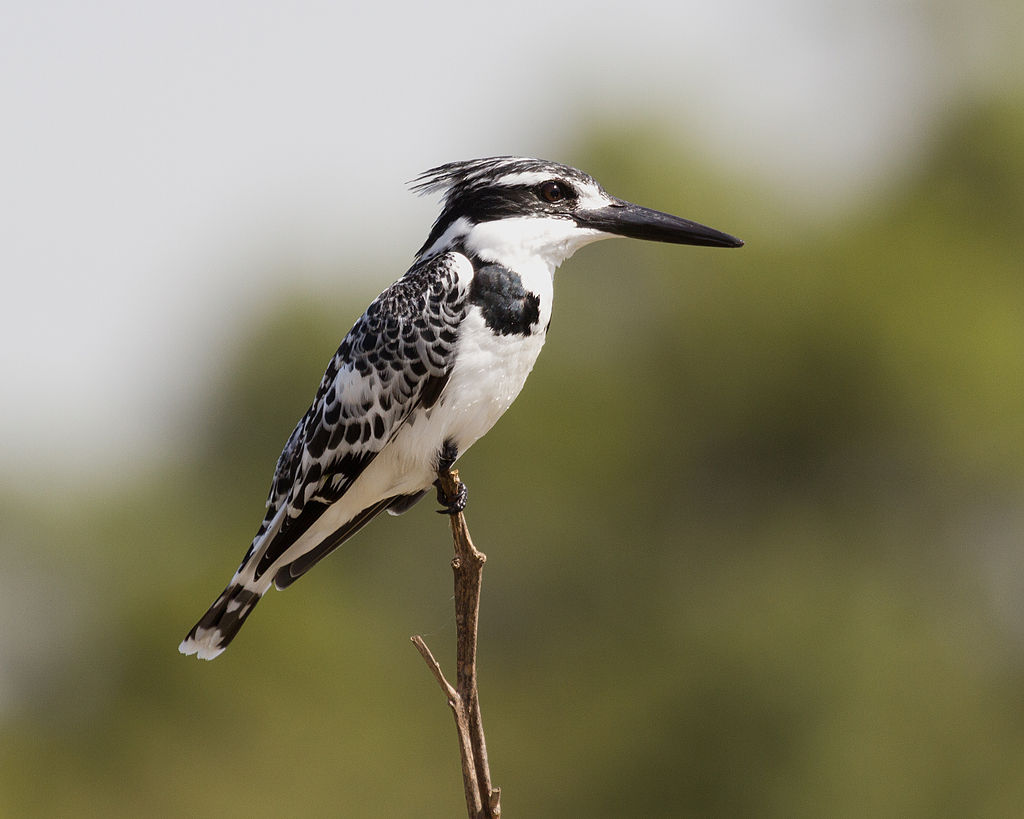
By Вых Пыхманн (Own work) [CC BY-SA 3.0], via Wikimedia Commons
Malachite Kingfisher
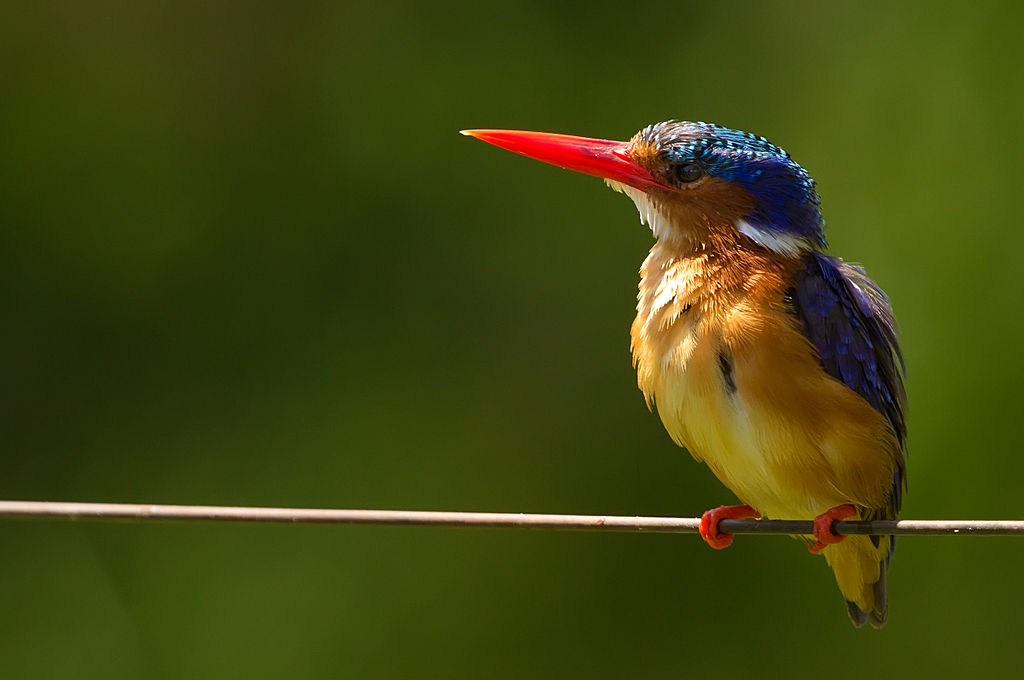
By Sumeet Moghe (Own work) [CC BY-SA 3.0], via Wikimedia Commons
Brown-hooded Kingfisher

By Renier Maritz (Own work) [GFDL or CC-BY-SA-3.0], via Wikimedia Commons
Grey-headed Kingfisher
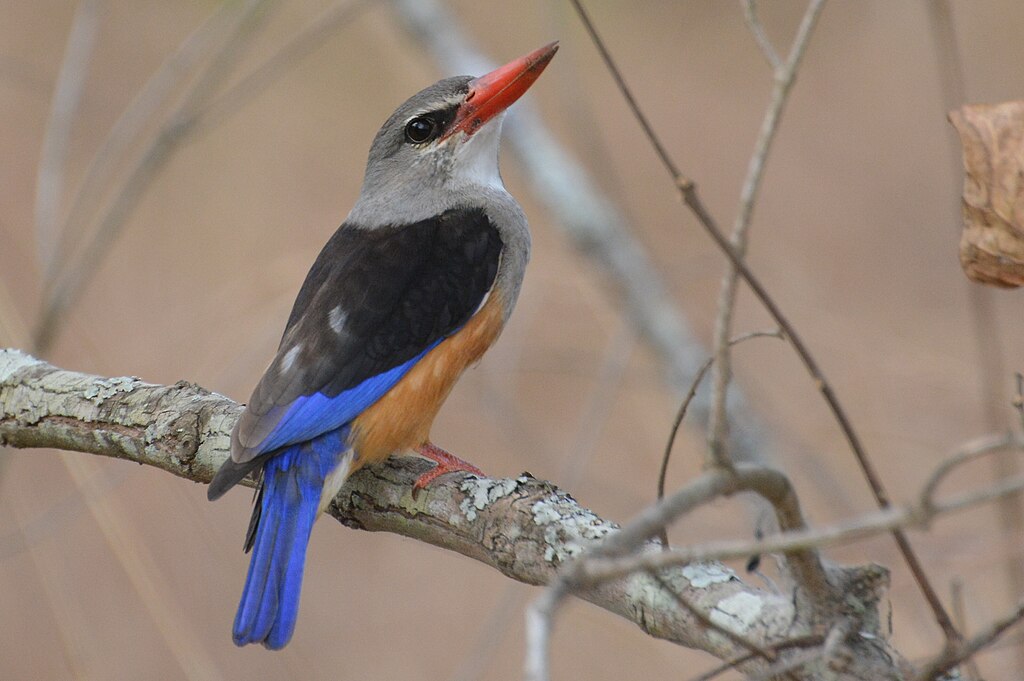
By Azurfrog (Own work) [CC BY-SA 4.0], via Wikimedia Commons
Half-collared Kingfisher
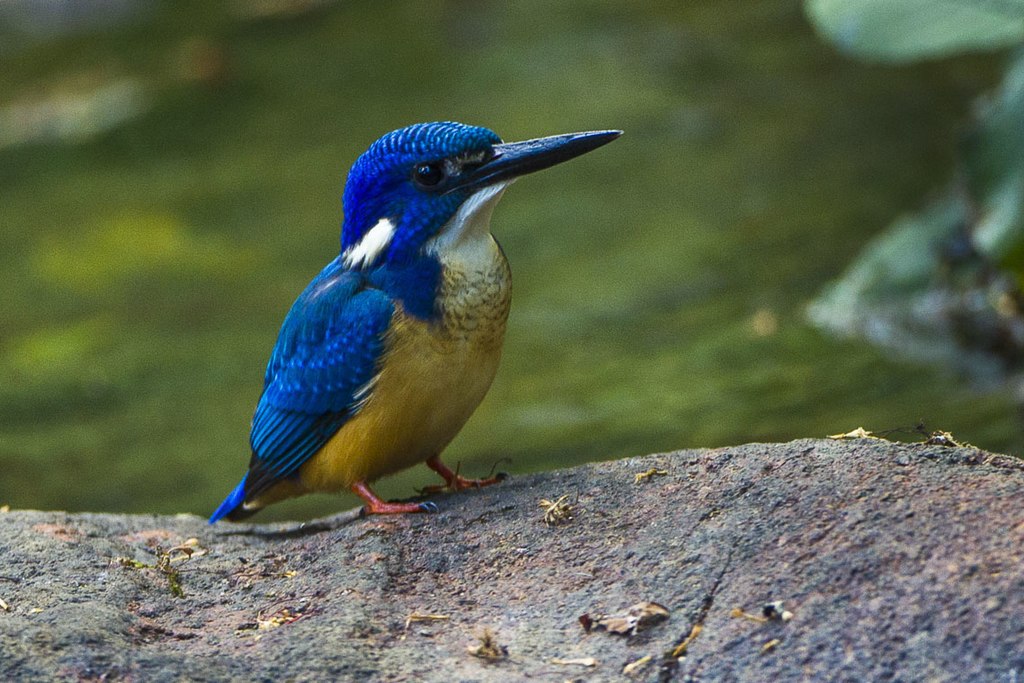
By Francesco Veronesi from Italy (Half-collared Kingfisher – Malawi_S4E4593) [CC BY-SA 2.0], via Wikimedia Commons
Pygmy Kingfisher

By Steve Garvie from Dunfermline, Fife, Scotland (African pygmy-kingfisher (Ceyx pictus)) [CC BY-SA 2.0], via Wikimedia Commons
Striped Kingfisher
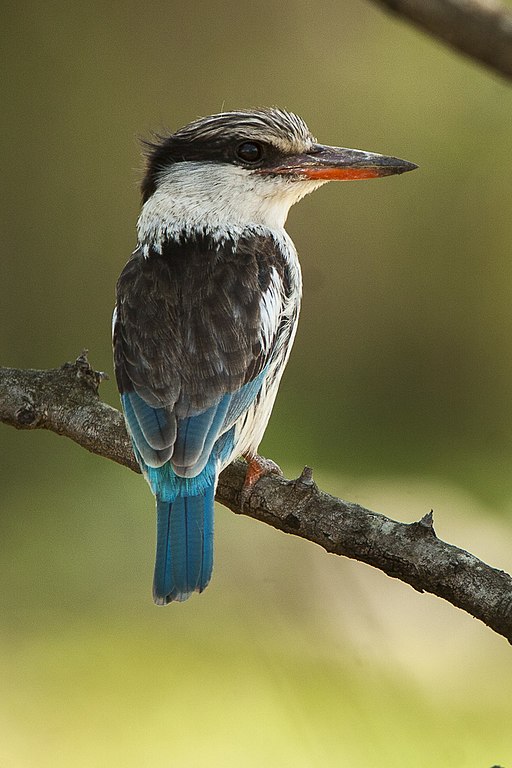
By Francesco Veronesi from Italy (Striped Kingfisher – Kenya IMG_3214) [CC BY-SA 2.0], via Wikimedia Commons
Mangrove Kingfisher

Mangrove Kingfisher by Paul Barnard is licensed by CC BY-NC-ND 2.0.
Mangrove kingfishers lives in coastal swamps and forests near coastal rivers along the east coast of Africa from South Africa up to Kenya.
Woodland Kingfisher
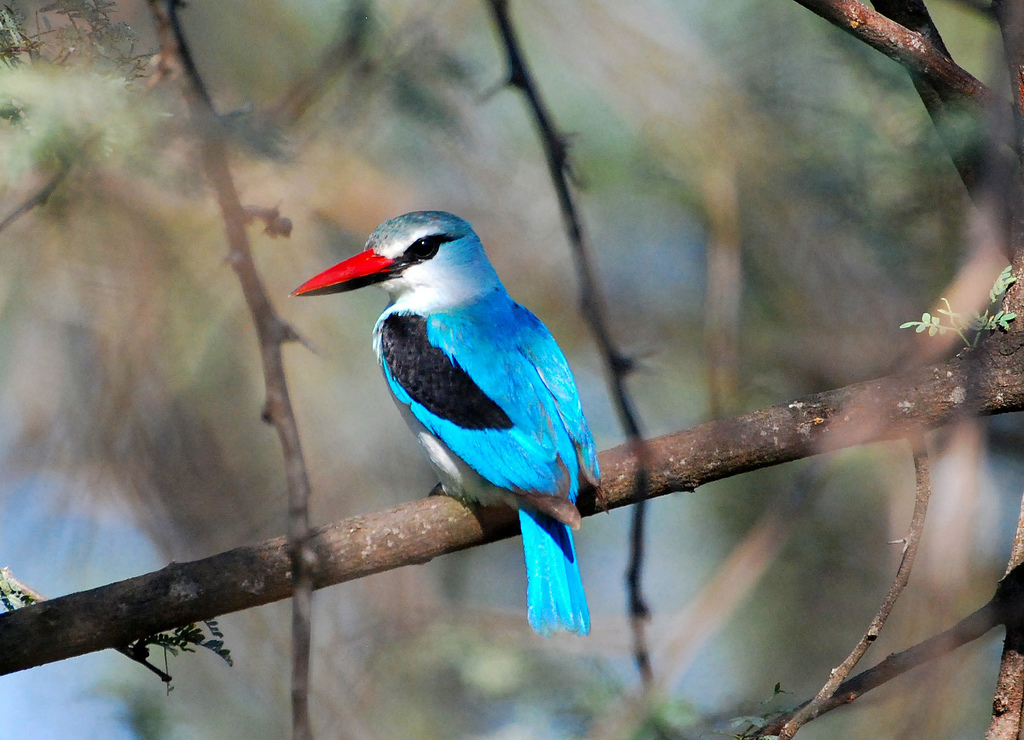
Woodland Kingfisher by Ian White is licensed by CC BY-ND 2.0.
The woodland kingfisher looks similar to the mangrove kingfisher, but has a black lower mandible and a pale blue head. As its name implies, this beautiful bird prefers woodland habitat, especially acacia trees. They are extremely territorial and have even been know to attack humans.



























I cant say I have a fav. bird. The Kingfisher is pretty amazing though. I never saw anything so colorful as the south African varieties.